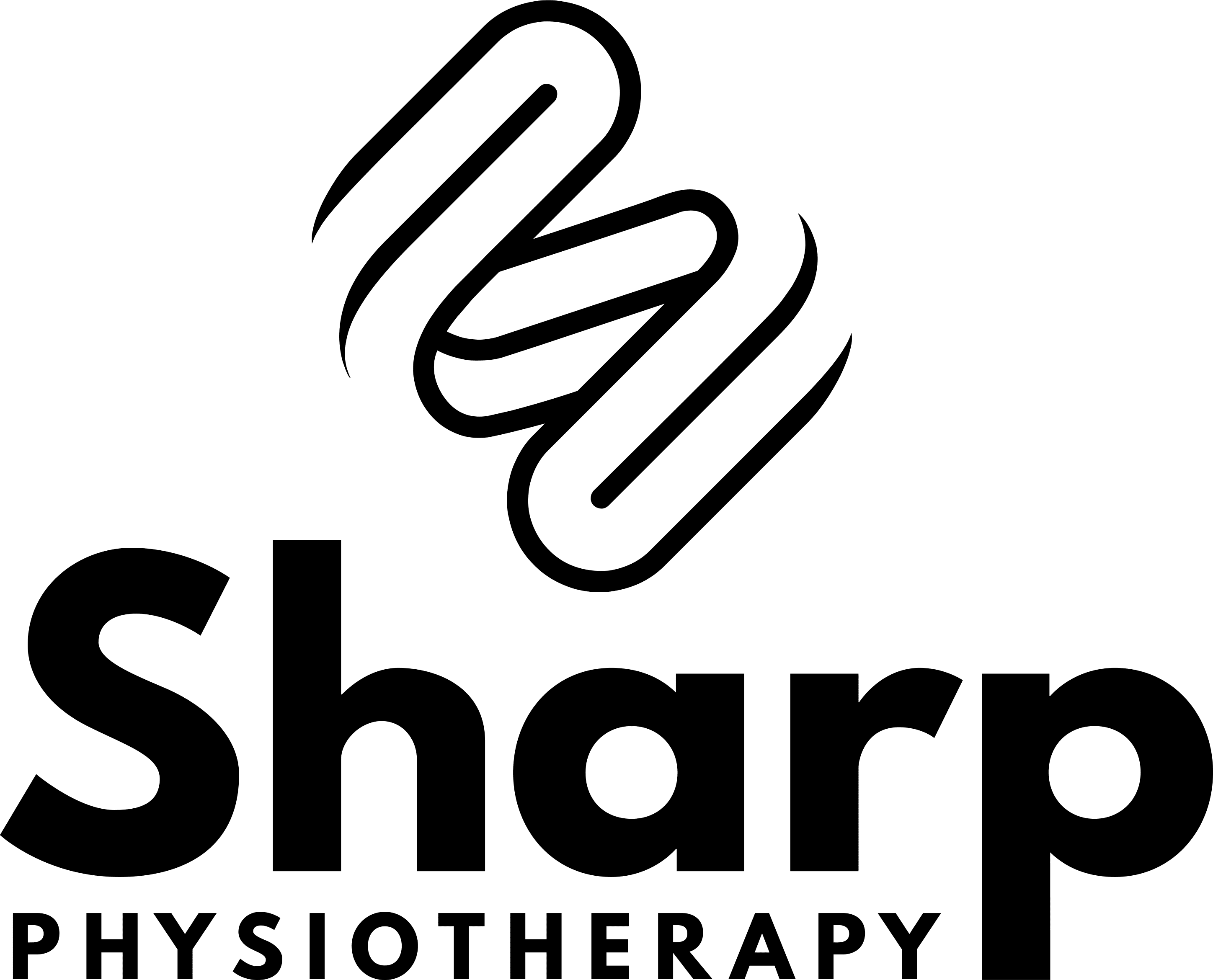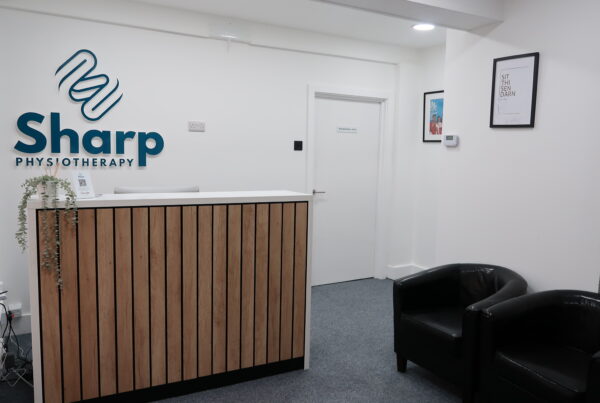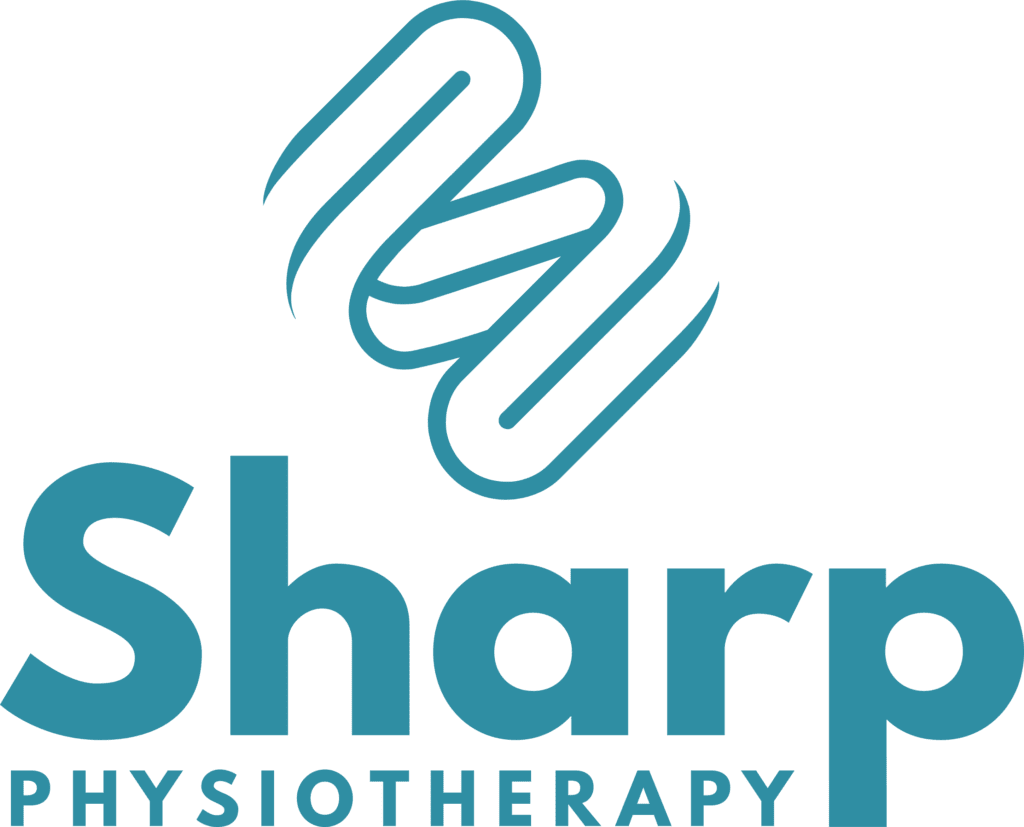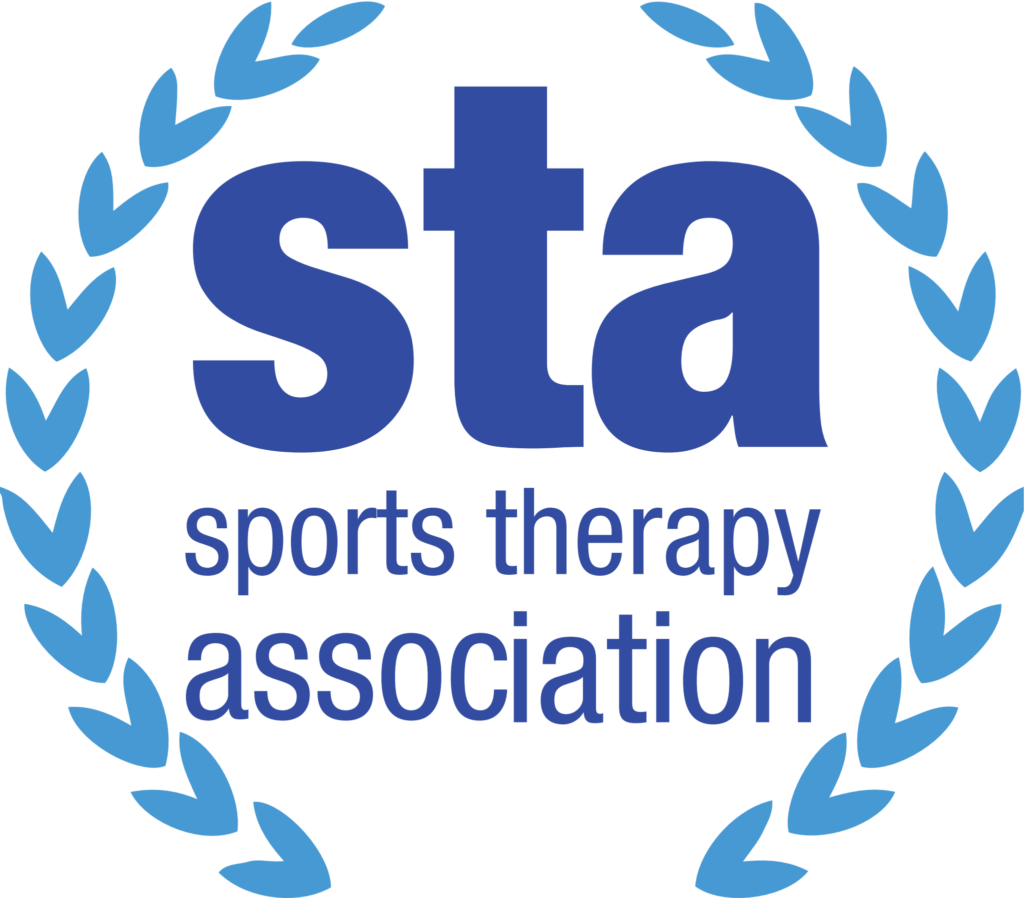Could A Hip Impingement Be Giving You Hip Pain?
Do your hips feel stiff all of the time no matter how much you stretch them? Pain in the groin or front of the hip and thigh? Do you get hip and back pain but unsure which is the problem? Struggled to sit cross legged? Feel to stiff to put your socks on? Maybe you have got rid of the pain once before but it come back? If you have answered yes, you may have a hip impingement.
Hip impingement, also known as femoroacetabular impingement (FAI), is a condition characterised by abnormal contact between the bones of the hip joint. This can lead to pain, discomfort, and limitations in hip movement. It will not get better on its own and usually get worse. Understanding the early signs of a hip impingement, how to detect them and most importantly how to treat them is key for not only short term pain relief but long term hip health.
What is a hip impingement? And what causes it?
A hip impingement, or femoroacetabular impingement (FAI), is a condition where there is abnormal contact between the bones of the hip joint during certain movements. The hip joint is a ball-and-socket joint, where the rounded head of the femur (thigh bone) fits into the acetabulum, a socket in the pelvis. In hip impingement, structural abnormalities in either the femur, the acetabulum, or both, lead to abnormal friction and contact between the bones during movement.
There are three main types of hip impingement:
- Cam impingement: This occurs when there is excess bone growth on the femoral head (the ball of the hip joint), causing it to bump against the acetabulum during movement.
- Pincer impingement: In this type, there is overcoverage of the acetabulum, resulting in the rim of the acetabulum abutting against the femoral head, especially during hip flexion.
- Combined impingement: This involves a combination of both cam and pincer impingement, where there are abnormalities in both the femoral head and the acetabulum.
Hip impingement can lead to pain, stiffness, and limitations in hip range of movement. A hip impingement will not resolve its self and over time, if left untreated, can contribute to hip joint damage, labral tears, and osteoarthritis
The exact cause of hip impingement, can vary among individuals, and in many cases, there may not be a singular definitive cause. Hip impingement is often considered a multifactorial condition influenced by a combination of structural abnormalities and genetic predispositions. Here are several reasons why there may not be a single, definite answer for what causes hip impingement:
- Structural Variations: The anatomy of the hip joint can vary widely among individuals, and subtle differences in bone shape, alignment, and size may contribute to the development of impingement in some cases.
2. Genetic Factors: Certain genetic predispositions and familial traits may increase the likelihood of developing hip impingement. However, the specific genetic mechanisms involved in the development of hip impingement are still being researched.
3. Repetitive Movements and Overuse: Engaging in activities that involve repetitive hip movements or overuse, such as certain sports or occupational activities, can contribute to the development of hip impingement over time. However, the extent to which repetitive movements contribute to impingement can vary depending on individual biomechanics and lifestyle factors.
4. Previous Injuries or Trauma: Previous hip injuries, fractures, dislocations, or tears of the hip labrum can alter the mechanics of the hip joint and increase the risk of impingement. However, not all individuals with a history of hip injuries will develop impingement, highlighting the complex interplay of factors involved.
What are the symptoms of a hip impingement?
While the presentation of symptoms may differ, there are several hallmark signs that individuals with hip impingement willoften experience:
- Groin Pain: Discomfort or pain in the groin area is one of the most common symptoms of hip impingement. The pain may be dull, achy, or sharp.
- Hip Stiffness: Those with hip impingement may experience stiffness or limited range of motion in the hip joint, particularly during activities like putting socks on, walking, squatting, or climbing stairs.
- Pain with Activity: Pain tends to worsen with certain movements that involve flexing the hip joint, such as running, bending and squatting.
- Clicking or Catching Sensations: Some individuals with hip impingement may experience clicking, popping, or catching sensations in the hip joint, especially during movement or changes in position.
- Radiating Pain: In some cases, hip impingement pain may radiate to the buttocks, thigh, or knee, mimicking symptoms of back or knee problems.
- Pain at Rest: While hip impingement pain typically worsens with activity, some individuals may experience discomfort or achiness in the hip joint even at rest, especially during periods after prolonged activity.
- Difficulty Sitting Cross-Legged: Individuals with hip impingement may find it uncomfortable or challenging to sit cross-legged or with their knees bent for extended periods due to hip discomfort or stiffness.
The symptoms of a hip impingement can vary widely among individuals. While some people may experience a combination of symptoms associated with hip impingement, others may have only one or a few of these symptoms. The severity and frequency of symptoms can also differ from person to person.
For example, one individual with hip impingement may primarily experience groin pain during certain activities, while another may notice stiffness and limited range of motion in the hip joint without significant pain. Additionally, some individuals may have intermittent symptoms that come and go, while others may experience persistent discomfort or limitations in hip function. Furthermore, the presence and severity of symptoms can be influenced by various factors, including the underlying cause of hip impingement, individual anatomy, lifestyle factors, activity levels and associated joint damage.
It’s important to recognise that the variability in symptoms does not necessarily indicate the severity of hip impingement or the need for treatment. However, individuals experiencing hip pain, discomfort, or limitations in hip function should seek a physiotherapy assessment. There are certain symptoms that are commonly associated with hip impingement and serve as key indicators for seeking an assessment.
How is it diagnosed and what are the treatment options?
Hip impingement is often an underdiagnosed condition in clinical practice. Many of our patients who seek our help for hip pain have often been experiencing symptoms for months or even years and tried various different treatments before receiving a diagnosis of hip impingement. The delay in diagnsosis can be attributed to several factors.
- Subtle Symptoms: The symptoms of hip impingement can be subtle and may initially be dismissed as general hip discomfort or attributed to other factors such as overuse or aging.
- Lack of Awareness: Both patients and healthcare providers may not always be familiar with the signs and symptoms of hip impingement, leading to delays in recognition and diagnosis.
- Misdiagnosis: Hip impingement symptoms can overlap with those of other hip conditions, such as hip osteoarthritis or hip labral tears, leading to misdiagnosis or delayed diagnosis.
- Tolerance of Pain: Some individuals may tolerate hip pain or discomfort for extended periods before seeking medical attention, especially if the symptoms are intermittent or manageable with over-the-counter pain medications.
- Fear of Surgery: There may be reluctance among patients to pursue medical evaluation for hip pain due to concerns about potential surgical intervention or the perceived invasiveness of treatment options.
A hip impingement, is typically diagnosed through a combination of physical examination, and imaging studies such as X-rays, MRI and CT scans. This enables us to explore the condition of the labrum and establish the alpha angle which is a measurement used to quantify the extent of impingement. A higher alpha angle indicates a larger impingement. The treatment for hip impingement typically depends on the severity of symptoms and the underlying structural abnormalities in the hip joint. Here are some common treatment approaches:
- Conservative Management:Activity modification: Avoiding activities that exacerbate symptoms, such as deep squatting or prolonged sitting.
Physiotherapy: Manual therapy and strengthening exercises to improve hip joint stability and flexibility, as well as addressing muscle imbalances. - Injections:
Corticosteroid injections into the hip joint to reduce inflammation and alleviate pain. - Surgical Intervention:Arthroscopic hip surgery: Minimally invasive surgery to reshape the bone and remove any excess bone growth (osteochondroplasty), repair damaged cartilage, and address other structural abnormalities in the hip joint.
The choice of treatment depends on factors such as the patient’s age, activity level, severity of symptoms, and the presence of associated conditions like labral tears or cartilage damage. It’s essential for individuals with hip impingement to consult with a hip specialist to determine the most appropriate treatment plan for their specific condition.
Request A Free Discovery Call & Ask All The Questions You Need

